I managed to pick up two 16x64 unbranded LED matrix for next to nothing. My son has autism and absolutely loves LED scrolling signs so I thought it would be a nice project to build for him. They have USB and serial wires. USB only does power I think, but it also has a USB Mini B port on the side. Using that USB mini port I've managed to install the correct drivers and now windows recognises it as Prolific USB-to-Serial Comm Port.
I've tried monitoring the serial traffic on the port but nothing is being sent from the device. Am I right in guessing the reason I got them so cheap was that they came with no software and I'm SOL in trying to reprogram the text? Not sure what to try next as I'm only an amateur so any advice or guidance would be very welcome.
Here's some pictures of the device: https://i.stack.imgur.com/v27lY.jpg
Managed to get inside one of them, here's some pictures of that: https://i.stack.imgur.com/VKWHm.jpg
ISP Interface: https://i.stack.imgur.com/JZiy0.jpg



